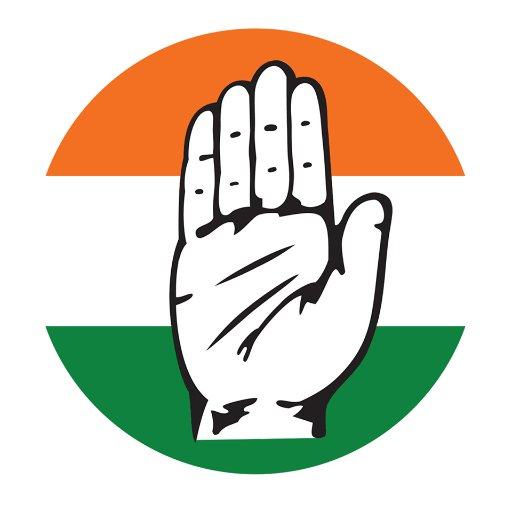Modi government: The 11-year slide

- Rajeev Gowda
A year ago, when the BJP was reduced to 240 seats in Parliament, it appeared that the people of India had realised that Prime Minister Narendra Modi had not delivered on his grand promises. He did not create crores of jobs for our youth, make India a global manufacturing hub, or bring prosperity to every Indian.
The grand vision of ‘Make in India’ has seen the share of manufacturing in Gross Value Added fall from 16.7 per cent in 2013-14 to 13.9 per cent in 2024-25. After Covid, India had the opportunity to become the “factory of the world” as multinationals sought to diversify their supply chains away from China. Instead, India has ceded space to Bangladesh and Vietnam. The Rs. 1.9 lakh crore promised under the Production Linked Incentive (PLI) scheme has seen only Rs. 14,000 crore disbursed (just 8 per cent) as most firms failed to meet targets or exited the schemes altogether. Modi’s mega corporate tax cut has not inspired the private sector to increase its investment. In FY24, the private sector’s share in gross fixed capital formation was 32.4 per cent, an 11-year low. Economic gains are substantially captured by the government’s favoured “national champions”.
The vast majority of Indians face constant financial anxiety, exemplified by inadequate real wage growth and the rise of gold loans. The government boasts about providing food supplies to 80 crore Indians. Yet, malnutrition remains a national crisis. Our children’s futures are compromised as stunting is at 35.5 per cent, wasting at 19.3 per cent, and those underweight comprise 32.1 per cent. In 2014, Modi promised remunerative prices for farmers, through the adoption of the Swaminathan Commission formula for MSP. Two years later, he unveiled a grander promise — to double farmer incomes by 2022. On MSP, the government did a public U-turn. Our ‘annadatas’ countered the promulgation of the three contentious farm laws with sustained protests. Today, more Indians are underemployed in agriculture, not by choice, but because non-farm jobs are vanishing.
The services sector has also lost momentum. While digital public infrastructure has expanded (notably UPI and Aadhaar), the government’s heavy-handed approach to regulation has discouraged innovation. Gig economy workers face uncertain futures, worsened by inadequate social security frameworks. Skilling programmes like PMKVY have failed to deliver results at scale, as government data reveal a massive gap between trained workers and actual job placements. As countries scramble to gain an advantage in the AI race, India appears to have been left behind.
Looking back over the last 11 years, we must not forget that economic stagnation is the result of economic mismanagement. Demonetisation in 2016 dealt a body blow to the informal economy. The RBI eventually revealed that 99.3 per cent of the invalidated currency returned to the system, defeating the primary objective of controlling black money. Meanwhile, lakhs of daily wage earners and small entrepreneurs were thrown into hardship.
Months later, the government rolled out a poorly designed Goods and Services Tax (GST). GST saddled MSMEs with high compliance costs that directly impacted their profit margins. In the first five years, the GST law and regulations were amended more than 900 times. Analysis of the Annual Survey of Unincorporated Enterprises shows that between 2015-16 and 2021-22, the number of manufacturing units and workers in the informal sector decreased by 12 per cent and 22 per cent respectively. In the informal sector, 24 lakh enterprises shut down between 2015-16 and 2021-22 and manufacturing employment was reduced by 81 lakhs. These moves saw economic growth steadily decrease, until the post-Covid rebound. Now, the government boasts that India is the world’s fastest-growing large economy. But we need GDP growth of at least 8.5 per cent to generate the jobs required to encash our potential demographic dividend.
The tragic truth about the government’s handling of the pandemic is coming out now as official data indicate an undercounting of Covid deaths. The death toll is nearly six times what the government claimed earlier for 2021. During Covid, we witnessed how the sudden, unplanned lockdown led to one of the largest internal migrations since Partition, stranding crores of workers without income, food, or dignity.
The Modi era is marked by the rise of divisive majoritarianism, systematically weakening India’s secular compact. The Citizenship Amendment Act (CAA) of 2019 introduced religion as a criterion for citizenship, violating the foundational ethos of the Constitution. Communal violence has flared up with disturbing frequency. Political discourse has descended into dog whistles and polarizing campaigns, often launched by the ruling party’s top leadership.
Institutions that once served as guardrails have either been co-opted or cowed. A level-playing field between parties does not exist. Rahul Gandhi has raised serious questions about the fairness of the assembly elections in Maharashtra. Investigative agencies continue to be selectively unleashed on Opposition leaders. The Supreme Court struck down electoral bonds as unconstitutional. Details of donations revealed a dangerous nexus of money, secrecy, and misuse of power benefiting the BJP. Rather than strengthening federalism, the government has centralized authority and turned governors into unconstitutional despots. Where governing with humility was called for, the government has ruled with hubris.
In 2014, Narendra Modi asked for 60 months to transform India. Eleven years later, he has cleverly moved the deadline to 2047. Yet, he has indeed transformed India, but into a nation where hatred and divisiveness are institutionalized, where crucial institutions are compromised, and where the harsh realities of life facing our people are buried under a miasma of media manipulation and misinformation.
… And, unvisited by the Prime Minister, Manipur still burns.
The writer is a former Member of Parliament and Chairman of the Congress Party’s research department
Courtesy: The Indian Express







